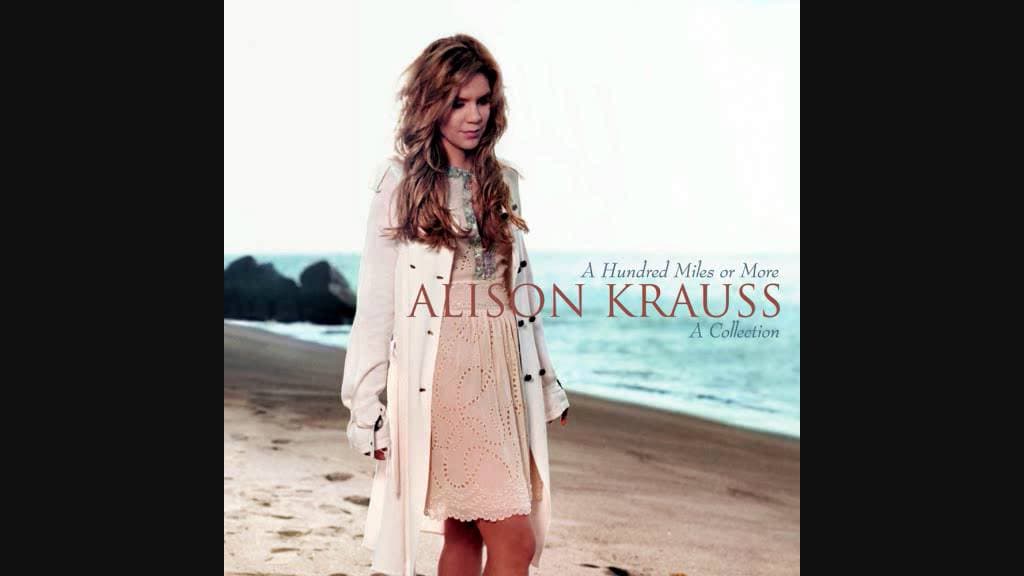
A Spiritually Cleansing Journey: Alison Krauss’s “Down to the River to Pray”
There are some songs that, even without a single instrument, feel like a balm for the soul, a gentle invitation to reflection and renewal. Alison Krauss, with her angelic voice and a profound respect for the roots of American music, has a singular ability to elevate such timeless pieces to a sublime level. Her rendition of “Down to the River to Pray” isn’t just a musical performance; it’s a sacred moment, a communal act of spiritual cleansing that resonates deeply with anyone who has ever sought solace, forgiveness, or renewal in faith. It’s a testament to the enduring power of simple, unadorned human voices raised in harmony.
“Down to the River to Pray” found its most prominent and impactful home on the soundtrack for the Coen Brothers’ 2000 film, O Brother, Where Art Thou?. While not a traditional single released for chart performance in the contemporary sense, the album itself became a cultural phenomenon, a surprise smash hit that introduced a vast new audience to traditional American folk, bluegrass, and gospel music. The O Brother, Where Art Thou? Soundtrack topped the Billboard 200 chart for multiple weeks and sold millions of copies, eventually going eight-times Platinum. Alison Krauss‘s performance of “Down to the River to Pray,” presented a cappella by the fictional Soggy Bottom Boys (with her providing the lead vocal, beautifully blended with the voices of Emmylou Harris and Gillian Welch), became one of the album’s most beloved and recognized tracks. Its success was not measured in conventional radio play, but in its profound emotional impact and its integral role in the film’s narrative and aesthetic, making it an inescapable and cherished piece of early 21st-century Americana.
The story behind “Down to the River to Pray” stretches back much further than any film or contemporary recording. It is a traditional American folk hymn, often attributed to the Reverend George Polhill and published in 1867, though its exact origins, like many old spirituals, are somewhat nebulous. It’s a song deeply rooted in the African American spiritual tradition, particularly associated with baptism and revival meetings held by rivers or other natural bodies of water. These gatherings were profoundly significant, serving not only as religious ceremonies but also as vital communal events where people found strength, solidarity, and spiritual liberation. The act of “going down to the river to pray” symbolizes a journey of purification, a shedding of old sins, and a commitment to a new, righteous path. It evokes powerful imagery of immersion, rebirth, and communal worship in the open air, a stark contrast to the confines of a church building.
The meaning of “Down to the River to Pray” is one of profound spiritual transformation, personal cleansing, and a communal journey towards faith and salvation. The repeated invitation to “go down to the river to pray” is a call to action, an urging for collective participation in a sacred ritual. Each verse introduces a different group—”sisters,” “brothers,” “mothers,” “fathers,” “sinners”—emphasizing the inclusive nature of the spiritual experience. It speaks to the idea that regardless of one’s past or present circumstances, there is always an opportunity for repentance, for finding grace, and for starting anew. The simplicity of the lyrics and the haunting beauty of the melody convey a sense of universal yearning for peace and redemption. It’s a song about shedding burdens, finding fellowship in faith, and embracing a hopeful future.
For those of us who appreciate the enduring beauty of traditional American music, Alison Krauss‘s rendition of “Down to the River to Pray” is nothing short of sublime. Her voice, pure as mountain spring water, carries the weight of generations of spiritual longing and hope. Hearing it now, it evokes a powerful sense of timelessness, a connection to a deeper wellspring of faith and community that transcends any particular era. It reminds us of the power of collective voices, of simple melodies, and of the profound comfort found in shared belief. It’s more than just a song; it’s an experience, a moment of quiet contemplation and spiritual uplift that continues to resonate with its gentle invitation to seek renewal, “down to the river to pray.”